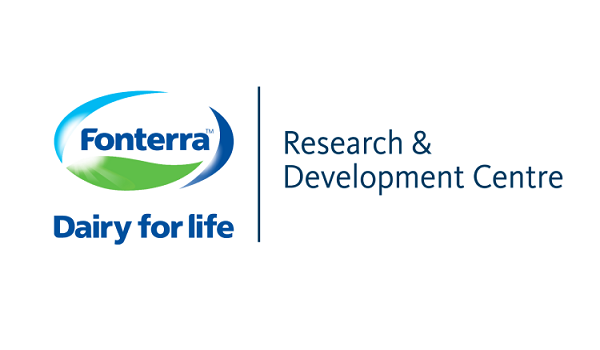Packaging is a critical component of our food system, ensuring products like dairy reach consumers in optimal condition. Recognizing the environmental challenges of current packaging practices, Fonterra is pioneering a shift towards recyclable materials, particularly for its milk powder sachets.
Fonterra’s Research and Development Centre (FRDC) in Palmerston North, New Zealand, is leading the charge in designing recyclable packaging for a circular economy. Their focus is on consumer milk powder sachets, which are filled at multiple sites across Asia. These products require high-barrier packaging to protect the milk powders from spoilage.
Currently, laminated foil plastic sachets are used, but these pose significant recycling challenges in the Asia Pacific (APAC) region, where waste management systems struggle with processing such materials. With APAC accounting for 64% of global mismanaged waste in 2019 and plastic packaging contributing significantly to this issue, there is a pressing need for change.
In a groundbreaking move, Fonterra has transitioned to recycle-ready ‘mono-material’ packaging for its milk powder sachets. This shift involved a revised formulation, predominantly using one polymer family, making the packaging recyclable. This change aims to meet Fonterra’s packaging specifications without compromising the quality or shelf life of the milk powder.
Coster Ngirazi, Senior Packaging Research Technologist at FRDC, explains, “Redesigning these materials to be recycle-ready involves a new formulation, which changes the functional parameters of the material. Ensuring the seal integrity of the bags on existing machines required precise alignment of sealing time, pressure, and temperature.”
Transitioning to sustainable materials required extensive research to ensure no reduction in product quality. Dr. Paul Andrewes, Senior Scientist at FRDC, notes, “We needed to understand the impact of these new materials on the overall shelf life of the product. This meant conducting trials to prove that sustainable materials could limit moisture ingress without compromising product quality.”
Dr. Gonzalo Martinez, Packaging Research Technologist/Research Engineer at FRDC, adds, “Modelling allows us to predict the impact of any changes to the packaging material on shelf life. This approach helps narrow down testing to the most meaningful cases, ensuring the new materials remain fit for purpose.”
Fonterra’s commitment extends beyond regulatory compliance, aiming to contribute to a systemic solution for plastic pollution in the APAC region. Sarah Baylis, Packaging Innovation Manager at FRDC, emphasizes, “Our goal is to make our global packaging footprint recycle-ready by 2025. We are on our way to achieving this, ensuring our packaging is fit for purpose and sustainable.”
Fonterra is set to roll out these recyclable packaging materials over the next 12 months, with some markets already adopting the initiative. The transition addresses challenges related to maintaining shelf life and functional performance on high-speed production lines through rigorous testing and process optimization.
While the initial cost of these specialty materials may be higher, Fonterra anticipates that regulations like Extended Producer Responsibility programs will balance the overall cost. As the industry adopts these materials more broadly and develops second-generation structures, costs are expected to stabilize.
Fonterra’s efforts in sustainable packaging represent a significant step towards reducing plastic pollution and promoting circularity in packaging. Their approach aims to redefine the ‘end-of-life’ for plastics, transforming waste management across the region and setting a new standard for the industry.


